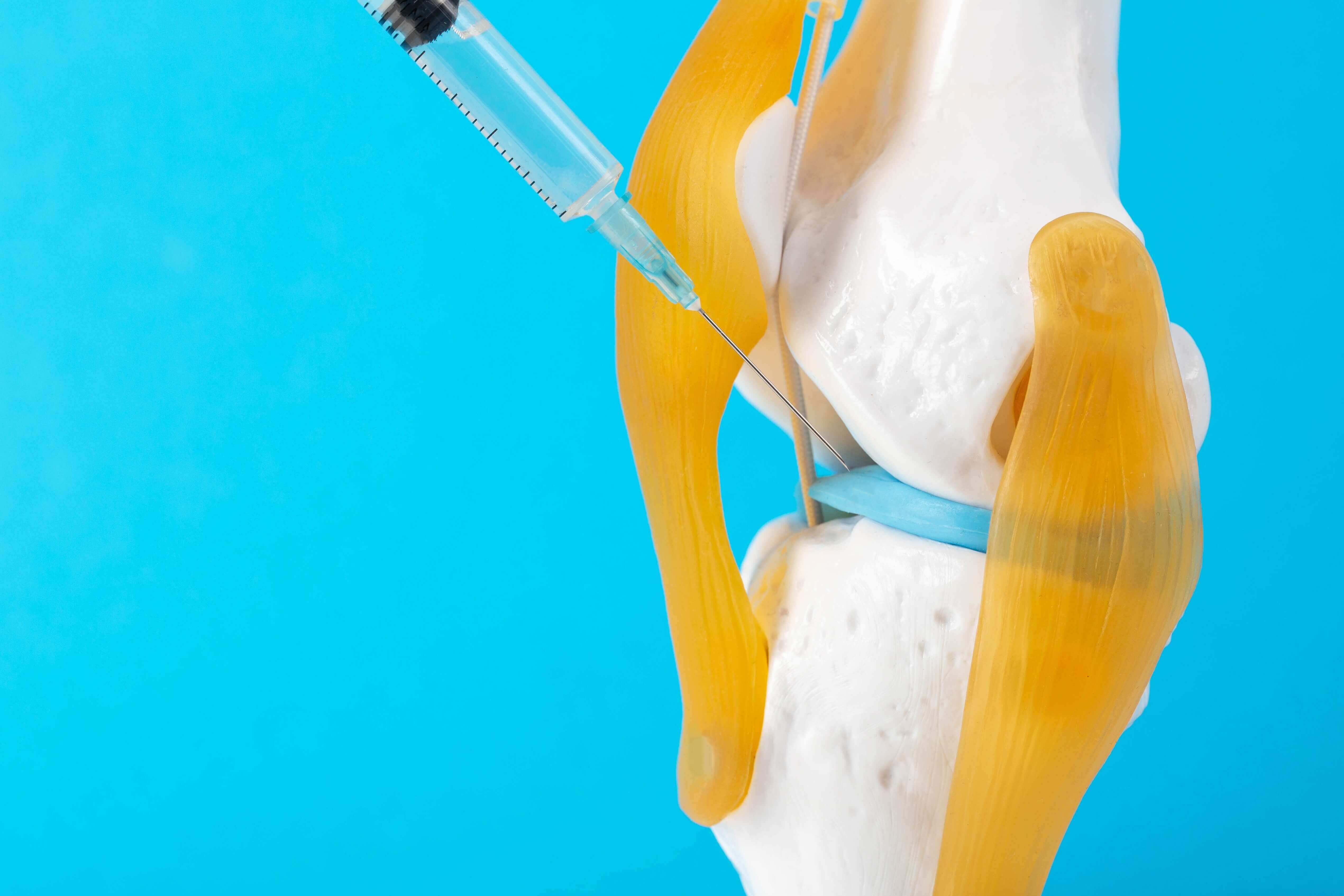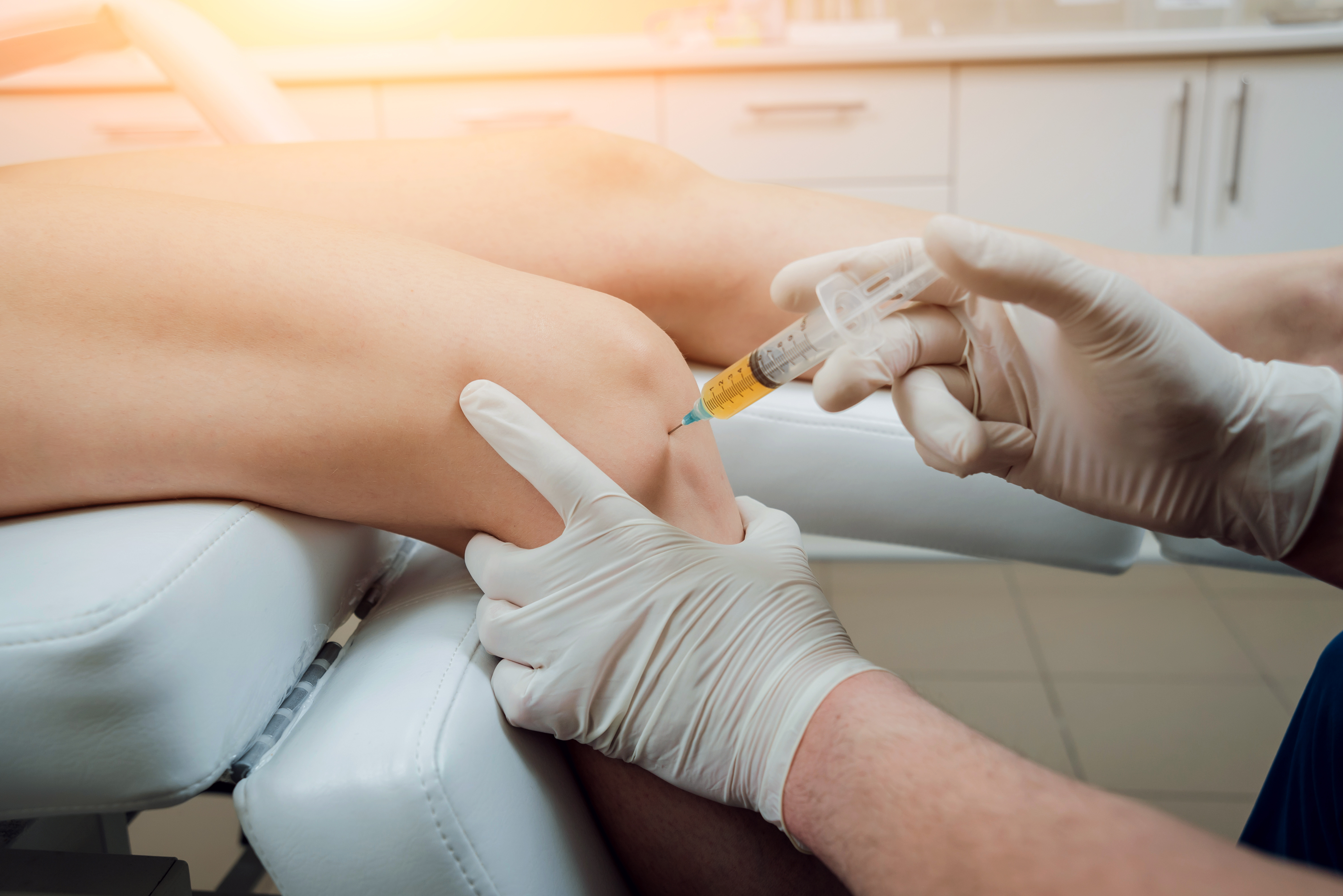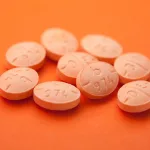Feeling Stuck? You’re Not Alone
Let’s start with a little honesty… Living with knee pain? It’s downright exhausting. Not just physically (that morning creak, that wince on random stairs), but emotionally, too. I’ll admit, I used to roll my eyes at “miracle” solutions—until the pain hijacked my weekends. Suddenly, words like “knee gel injections” and “viscosupplementation” didn’t seem so sci-fi. I know you’re probably wondering: Do these weird-sounding shots really work? And—what’s the catch?
Stick with me. I’ve done the homework, grilled doctors, chased stories, and dug through Knee gel injection reviews. I’ll walk you through the pros and cons of knee gel injections like I’d tell a friend over coffee—messy metaphors and all.
How Knee Gel Injections Work
What’s Slipping Away?
Here’s an image: Your knee is supposed to glide like a fresh-skated ice rink. But as osteoarthritis creeps in, the natural “lube” (scientifically: synovial fluid and hyaluronic acid) gets thinner. Suddenly, every step feels more…scratchy. Less like gliding, more like two old barn doors rubbing together.

What’s In the Syringe?
Knee gel injections, or viscosupplementation, try to help by replacing that lost slipperiness. It’s basically injecting a thick, naturally-occurring gel (hyaluronic acid) right into your knee joint—adding a little cushion and, hopefully, restoring some glide according to experts at HSS. Not a permanent fix, but for many, it can be a pretty sweet pit stop.
Anecdote time: My uncle Bob (man of few words, big love for pickup basketball) tried gel shots last fall. He got a series of three, spaced about a week apart. He said the needle prick stung for a second, but he’d do it again “just for the relief he felt halfway through the second shot.” No drama, in and out of the clinic in ten minutes.
Why Bother? The Good Stuff
Longer Relief Without the Fast Crash
So, what’s the real upside? A lot of folks find knee gel injections give steadier, longer-lasting comfort than other “quick fix” options—like steroid shots. We’re talking relief that typically sticks around for four to six months, sometimes even up to a year for the lucky ones. Not a cure, but it can take the edge off—the kind of relief that lets you walk the dog or hit that garden without planning a full recovery day after.
Gentle on the Body
Another biggie: these shots don’t mess with your body’s natural systems the way repeated steroids can. They don’t thin your bones or chew up tissue per research at Cleveland Clinic. Side effects are generally mellow—maybe a little swelling or soreness, usually gone in a few days. Think of it like getting a flu shot: quick sting, maybe some heat, and you move on with life based on real patient experiences.
Personal tip: After my own first injection, I iced it that night just to be safe. In hindsight? I probably could’ve skipped the drama—felt fine by morning.
Less Downtime, More “You” Time
The procedure? It’s quick. We’re talking quick wipe, numbing spray, tiny shot, and you’re good. Most folks don’t need crutches or time off work. You might want to skip the Zumba class for a day, but walking the dog? Go for it. Plus, unlike surgery, you’re not betting the farm on a long recovery or scary “what ifs.”
Insurance: Sometimes a Hero, Sometimes a Headache
Here’s the truth: Insurance often helps cover the cost—especially if you’ve tried pills, PT, and still feel stuck. But… coverage varies. Talk to your provider first. If you’re curious about numbers and real-world out-of-pocket math, check out this thorough breakdown of Knee gel injections cost.
But… Not All Sunshine: Let’s Talk Cons
Relief Takes Its Sweet Time
If you’re hoping for magic by Friday… slow your roll. Unlike cortisone, which sometimes brings overnight relief, knee gel injections play the long game. For most folks, comfort creeps in slowly—sometimes over 2-4 weeks. Waiting can be tough, especially when every step is a constant reminder.
It Doesn’t Work for Everyone
About half of folks get significant comfort from these injections. The other half? Meh. Especially if the arthritis is very advanced, the gel just can’t bridge the “bone-on-bone” gap. Results can vary based on your age, activity level, weight, and just—well—luck per reports from HSS.
Story time: My friend Jenny (runner, mid-40s, absolute go-getter) gave it a go. First shot, hopeful. Three months later, she was back to her usual ache—not worse, but not the miracle she’d hoped for. Still, she says she’d try again—”Even three months without limping was better than nothing.”
Side Effects and Weird Reactions
Most people do fine, but let’s be honest: needling any joint has risks. Rarely (5%, give or take), you can get a “pseudo-sepsis” reaction—red, hot, swollen knee that feels like an infection but isn’t. It typically settles with ice and anti-inflammatories—but yeah, it’s uncomfortable for a bit as seen in clinical cases. Real infections are super rare (less than 1%), but not impossible.
And a quick heads-up: Folks with allergies to bird products should double-check the brand, since some gels are made from rooster combs, though many modern brands are synthetic.
Multiple Visits and Commitment
Depending on the brand and your knee’s mood, you might need one shot… or three to five, spaced out week by week. Not a big deal for most, but it takes some scheduling, especially if you’re juggling work or family stuff.
Price: It’s Not a Bargain Bin Cure
If your insurance is quirky (and who’s insurance isn’t?), these injections can cost from a few hundred up to a couple thousand per series, though most clinics will help you sort it out. It’s one reason so many real people chime in at Knee gel injection reviews—everyone wants to know if it’s worth it for the price.

Gel vs. Cortisone: The Comparison Table
| Aspect | Gel Injections | Corticosteroid Shots |
|---|---|---|
| How fast for relief? | 2–4 weeks | Often same day |
| How long it lasts? | 4–6 months (sometimes more) | 2–8 weeks, rarely longer |
| Best for… | Osteoarthritis “dull” pain | Acute swelling, severe flare-ups |
| Repeat-friendly? | Yes, if needed | Not recommended—cartilage risk |
| Risks | Minor swelling, rare swelling/infection | Raises blood sugar, long-term joint harm |
Short version: cortisone feels like a sprint (quick and intense), while gel injections are more of a slow, scenic walk—gentle, but steady for longer. For many, docs use both: cortisone for a sudden flare, gels for the marathon ahead.
Who Should Seriously Consider Gel Shots?
The Sweet Spot
So, here’s the golden question: Who gets the best deal from knee gel injections? Mostly, it’s folks with osteoarthritis who aren’t quite “bone-on-bone”—meaning the knee still has a little cushion left. You’ve tried the meds, the stretches, maybe a brace, but you’re not ready for surgery (or even thinking about it… yikes).
What If My Story Is Different?
If your knee is cranky from an old injury (like, say, too much flag football in college), or you just have random swelling that comes and goes, your doctor might suggest steroids first. But if your pain is more nagging and dull, gels can be a better bet.
If you’re wondering “Will it keep me from knee replacement later?”—short answer: probably not forever. But it might buy you time to enjoy a few more dance recitals, holiday walks, or park days before you tackle surgery.
Stories, Surprises, and Straight Talk
Let’s be honest—some people love knee gel injections, and some walk away underwhelmed (pun intended). The win is often in the details—your age, how much arthritis you have, your activity level, and honestly, your luck with this kind of thing. If you’re skeptical? Read through some honest Knee gel injection reviews to feel less alone.
A Few Real World Examples
Mike, in his early 60s, wanted to keep golfing—his doc suggested gel injections when pills started causing stomach trouble. “Relief wasn’t overnight,” he says. “But come golf season, I had less pain walking the course. That mattered.”
Sara, a runner, tried gels after a disappointing cortisone cycle. “I was hoping for magic, but it turned out just ‘okay’. The pain was still there, but muted—like someone turned the volume down.” She saved surgery for another day but keeps her expectations… realistic.

Conclusion: Worth a Shot? Let’s Wrap Up
Knee pain isn’t just an age thing; it’s a “living life” thing. The pros and cons of knee gel injections are all about balance: more cushion, less pain, often few side effects, but also delays, mixed results, and potential Knee gel injections cost headaches. For so many of us, it comes down to what matters most—a shot at reclaiming your weekend, playing with the grandkids, or just making it through the workday without wincing.
Here’s my advice: If you’re curious, bring it up at your next checkup. Ask about your odds (honestly), not just the marketing pitch. What do you have to lose besides… maybe a few months of aching? Share your own experience or skimming Knee gel injection reviews—sometimes, just knowing you’re not alone makes the limping a little lighter.
Whatever you choose next, I’m rooting for your knees. After all, they’re carrying more than just you—they’re carrying your story.


















Leave a Reply
You must be logged in to post a comment.